In today's world, accessibility is not just a buzzword, but a fundamental right that every individual deserves. From ramps and elevators to braille signage, businesses and public spaces are constantly striving to create an inclusive environment for people of all abilities. One often overlooked aspect of accessibility is the installation of grab bars, which play a crucial role in ensuring the safety and independence of individuals with limited mobility. However, it's not enough to simply install grab bars; they must also comply with the Americans with Disabilities Act (ADA) requirements.

Understanding these requirements is essential for architects, contractors, and business owners to create spaces that are truly accessible to everyone. In this article, we will explore the ADA requirements for grab bars, their importance, and the various considerations that need to be kept in mind while installing them. So, let's dive in and discover how we can make our spaces more accessible and inclusive for all.
Understanding the Americans with Disabilities Act (ADA)
The Americans with Disabilities Act (ADA) is a landmark piece of legislation that was passed in 1990 to prohibit discrimination against individuals with disabilities. The ADA covers a wide range of areas, including employment, transportation, and public accommodations. When it comes to accessibility in public spaces, the ADA sets specific guidelines and requirements for various elements, including grab bars. These requirements ensure that individuals with disabilities can navigate and use public facilities independently and safely.
The ADA is divided into several titles, with Title III specifically addressing public accommodations. Under Title III, businesses and public spaces are required to remove any architectural barriers that may impede the accessibility of individuals with disabilities. This includes the installation of grab bars in certain areas to assist individuals with limited mobility. By complying with the ADA requirements for grab bars, businesses not only meet the legal obligations but also create a welcoming and inclusive environment for all customers.
Importance of grab bars in ensuring accessibility
Grab bars are an essential feature in creating an accessible environment for individuals with limited mobility. These sturdy bars provide support and stability, allowing people to maintain balance and prevent falls. Grab bars are particularly important in areas where individuals may need assistance, such as bathrooms, showers, and stairwells. They provide a sense of security and independence, enabling individuals to navigate these spaces with confidence.
For individuals with mobility impairments, grab bars offer a lifeline that can make a significant difference in their daily lives. They help individuals transfer safely from one surface to another, whether it's from a wheelchair to a toilet or from a standing position to a seated position in a shower. By having grab bars installed in the right locations, businesses and public spaces demonstrate their commitment to inclusivity and accessibility.
ADA requirements for grab bar installation
To ensure the effectiveness and accessibility of grab bars, the ADA has established specific requirements for their installation. These requirements cover various aspects, including dimensions, placement, and mounting. By adhering to these guidelines, businesses can guarantee that their grab bars are not only functional but also compliant with the ADA standards. Let's take a closer look at some of the key ADA requirements for grab bar installation:
1. Dimensions: The ADA specifies that grab bars should have a diameter of 1.25 to 1.5 inches. This diameter ensures a comfortable and secure grip for individuals with limited hand strength or dexterity. The grab bars should also be positioned a certain distance from the wall, typically between 1.5 and 2 inches. This spacing provides enough room for individuals to grasp the bar without their hand touching the wall.
2. Placement: The ADA requires that grab bars be installed in specific locations to provide maximum accessibility. In bathrooms, grab bars should be placed near toilets, both on the side wall and the rear wall. For showers and bathtubs, grab bars should be installed vertically on the control wall and horizontally on the back wall. The ADA also outlines the appropriate height for grab bars, typically between 33 and 36 inches from the floor.
3. Mounting: Proper mounting is crucial to ensure the stability and strength of grab bars. The ADA specifies that grab bars should be securely fastened to the wall to support a load of at least 250 pounds. The mounting hardware should be durable and capable of withstanding regular use and potential weight-bearing situations. It's important to follow the manufacturer's instructions and use appropriate anchors or blocking to ensure a secure installation.
By following these ADA requirements, businesses can ensure that their grab bars are not only compliant but also provide the necessary support and safety for individuals with disabilities. It's essential to consult the ADA guidelines and work with professionals who are knowledgeable about accessibility requirements to ensure the proper installation of grab bars.
Types of grab bars and their ADA compliance
When it comes to grab bars, there are various types available, each designed to cater to specific needs and spaces. It's important to choose the right type of grab bar that complies with the ADA requirements while also meeting the functional and aesthetic needs of the space. Let's take a look at some of the commonly used grab bars and their ADA compliance:
1. Straight grab bars: These grab bars are the most basic and commonly used type. They are available in various lengths and can be installed horizontally or vertically. Straight grab bars comply with the ADA requirements as long as they meet the specified dimensions, placement, and mounting guidelines.
2. Angled grab bars: Angled grab bars are designed to provide additional support and stability. They are typically installed diagonally, allowing individuals to grip them from multiple angles. Angled grab bars should also meet the ADA requirements for dimensions, placement, and mounting to ensure compliance.
3. Foldable grab bars: Foldable grab bars offer flexibility and convenience, especially in spaces where grab bars may not be needed at all times. These grab bars can be folded against the wall when not in use, providing more space and reducing the risk of accidents. It's important to choose foldable grab bars that comply with the ADA requirements when extended and properly secured when folded.
4. Specialized grab bars: In certain situations, individuals may require grab bars with additional features or functionalities. These specialized grab bars may include features like textured surfaces for improved grip, extended lengths for better reach, or even integrated support systems. While these specialized grab bars may deviate from the standard ADA requirements, they should still provide the necessary support and comply with other applicable accessibility guidelines.
By understanding the different types of grab bars and their ADA compliance, businesses can make informed decisions when selecting and installing grab bars in their spaces. It's important to ensure that the chosen grab bars meet the required dimensions, placement, and mounting guidelines to provide maximum accessibility and safety.
Proper placement and mounting of grab bars
While understanding the ADA requirements for grab bars is essential, it's equally important to ensure their proper placement and mounting. Incorrect placement or inadequate mounting can render grab bars ineffective and even pose a safety risk. Here are some key considerations for the proper placement and mounting of grab bars:
1. Location: The location of grab bars is crucial to their effectiveness. Grab bars should be placed where individuals need assistance, such as near toilets, showers, and bathtubs. It's important to consider the specific needs of the space and the individuals who will be using it. Consulting with accessibility experts or occupational therapists can help determine the optimal locations for grab bars.
2. Height: The height at which grab bars are installed is important for accessibility. The ADA specifies a range of 33 to 36 inches from the floor for most grab bars. However, it's important to consider individual needs and preferences. Some individuals may require grab bars to be installed at a lower or higher height to accommodate their specific disabilities or mobility limitations.
3. Mounting hardware: The quality and strength of the mounting hardware are crucial for the stability and durability of grab bars. It's important to use appropriate anchors, screws, or bolts that are capable of supporting the weight-bearing requirements specified by the ADA. Following the manufacturer's instructions and using professional-grade mounting hardware ensures a secure installation.
4. Clearance: Adequate clearance around grab bars is essential to ensure easy access and use. There should be enough space for individuals to comfortably grip the grab bars without any obstructions. It's important to consider factors such as door swings, nearby fixtures, and other elements that may hinder the accessibility and usability of grab bars.
By paying attention to these considerations and ensuring the proper placement and mounting of grab bars, businesses can create spaces that are truly accessible and inclusive. Consulting with accessibility experts or professionals who specialize in grab bar installations can help ensure that all the necessary requirements are met.
Common mistakes to avoid in grab bar installation
While understanding the ADA requirements and guidelines for grab bars is crucial, it's equally important to be aware of common mistakes that can occur during their installation. Avoiding these mistakes can help ensure the effectiveness, compliance, and durability of grab bars. Here are some common mistakes to avoid in grab bar installation:
1. Incorrect dimensions: Grab bars must meet the specified dimensions outlined by the ADA. Installing grab bars that are too thin or too thick can make them uncomfortable or difficult to grip. Similarly, improper spacing from the wall can hinder individuals from fully grasping the bar. It's essential to carefully follow the ADA requirements for dimensions during installation.
2. Inadequate support structure*: Grab bars must be securely mounted to provide the necessary support and stability. Failing to use appropriate anchors, screws, or bolts can result in grab bars that are loose or wobbly, compromising their effectiveness and safety. Ensuring a solid support structure by using professional-grade mounting hardware is essential.
3. Improper placement: Grab bars should be strategically placed to provide maximum accessibility and assistance. Installing grab bars too far away or in inconvenient locations can render them ineffective. It's important to consider the specific needs and limitations of individuals with disabilities when determining the placement of grab bars.
4. Lack of maintenance: Grab bars, like any other fixture, require regular maintenance to ensure their functionality and longevity. Failing to inspect and maintain grab bars can result in issues such as loose screws, rust, or other damage. Regular inspections and maintenance should be conducted to identify and address any potential problems promptly.
By avoiding these common mistakes, businesses can ensure that their grab bars are installed correctly, compliant with the ADA requirements, and provide the necessary support and safety for individuals with disabilities.
Benefits of adhering to ADA requirements for grab bars
Adhering to the ADA requirements for grab bars offers numerous benefits, both for businesses and individuals with disabilities. Let's explore some of the key benefits:
1. Legal compliance: By adhering to the ADA requirements, businesses ensure that they are meeting their legal obligations. Non-compliance can result in legal consequences, including fines, penalties, or even lawsuits. By installing grab bars that comply with the ADA guidelines, businesses minimize the risk of legal issues and demonstrate their commitment to accessibility.
2. Inclusive environment: ADA-compliant grab bars create an inclusive environment where individuals with disabilities can navigate and use public spaces independently and safely. By providing the necessary support and stability, grab bars enable individuals to maintain their dignity and independence. Businesses that prioritize accessibility foster a positive and inclusive atmosphere that benefits everyone.
3. Customer satisfaction: Accessibility is not just a legal requirement, but also a customer expectation. Individuals with disabilities are valuable customers who deserve equal access to goods, services, and facilities. By providing ADA-compliant grab bars, businesses enhance the overall customer experience and satisfaction. Creating an accessible environment builds trust, loyalty, and positive word-of-mouth recommendations.
4. Improved safety: Grab bars play a crucial role in preventing accidents and falls, particularly for individuals with limited mobility. ADA-compliant grab bars provide the necessary support and stability, reducing the risk of injuries. By prioritizing safety through proper grab bar installation, businesses create a secure environment for everyone.
5. Positive brand image: Businesses that prioritize accessibility and inclusivity build a positive brand image. They are seen as socially responsible and caring establishments that value the needs of all individuals. This positive brand image can attract a wider customer base, including individuals with disabilities, their families, and advocates for accessibility.
By adhering to the ADA requirements for grab bars, businesses can benefit from legal compliance, a more inclusive environment, improved customer satisfaction, enhanced safety, and a positive brand image.
Tips for choosing ADA-compliant grab bars
Selecting the right grab bars that comply with the ADA requirements can seem overwhelming, but with the right considerations, it can be easier than you think. Here are some tips to help you choose ADA-compliant grab bars:
1. Consult the ADA guidelines: Familiarize yourself with the ADA guidelines for grab bars to understand the specific requirements and dimensions. This knowledge will help you make informed decisions when selecting grab bars.
2. Consider the specific needs: Take into account the specific needs and limitations of individuals who will be using the grab bars. Consider factors such as hand strength, dexterity, and mobility limitations to choose grab bars that provide optimal support and comfort.
3. Choose reputable brands: Opt for grab bars from reputable brands that are known for their quality and compliance with ADA requirements. Look for products that meet the necessary dimensions, placement, and mounting guidelines.
4. Seek professional advice: If you're unsure about the ADA requirements or need assistance in selecting grab bars, consult with accessibility experts or professionals who specialize in grab bar installations. They can provide valuable guidance and ensure that you make the right choices.
5. Consider aesthetics: While functionality and compliance are crucial, it's also important to consider the aesthetics of the grab bars. Choose grab bars that blend seamlessly with the overall design of the space without compromising accessibility or safety.
By following these tips, you can choose ADA-compliant grab bars that meet the necessary requirements while also meeting the functional and aesthetic needs of your space.
Conclusion: Creating an inclusive and accessible environment
Ensuring accessibility is not just a legal requirement but a moral obligation. Installing ADA-compliant grab bars is an essential step towards creating an inclusive and accessible environment for individuals with disabilities. By understanding the ADA requirements for grab bars, businesses and public spaces can provide the necessary support and safety that individuals with limited mobility require.
From dimensions and placement to mounting and maintenance, every aspect of grab bar installation should be carefully considered to ensure compliance with the ADA guidelines. By adhering to these requirements, businesses not only meet their legal obligations but also create an environment that values the needs and dignity of all individuals.
Remember, accessibility is a journey, and it requires ongoing commitment and effort. By prioritizing accessibility in your spaces, you contribute to a more inclusive society where everyone can thrive. Let's continue to work




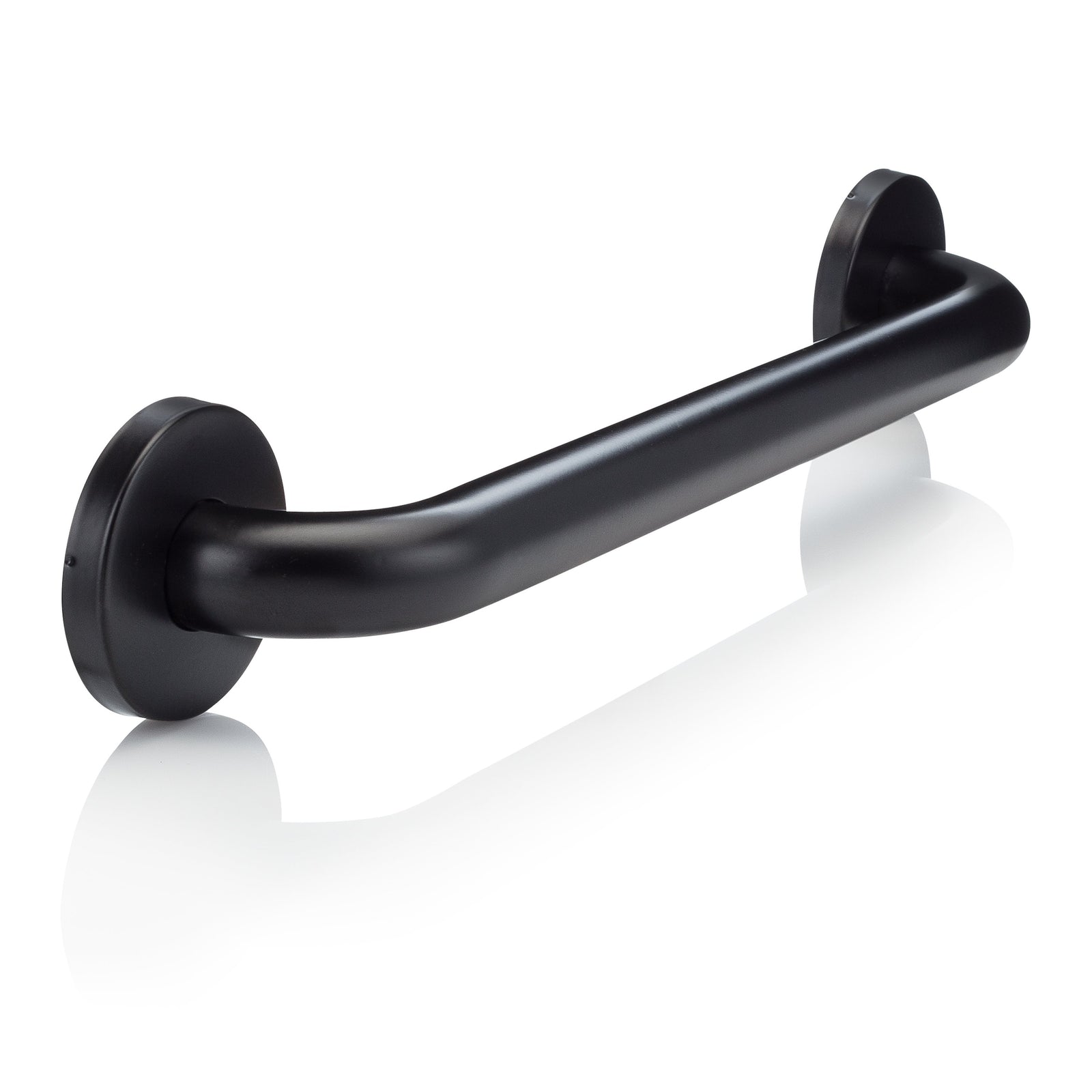
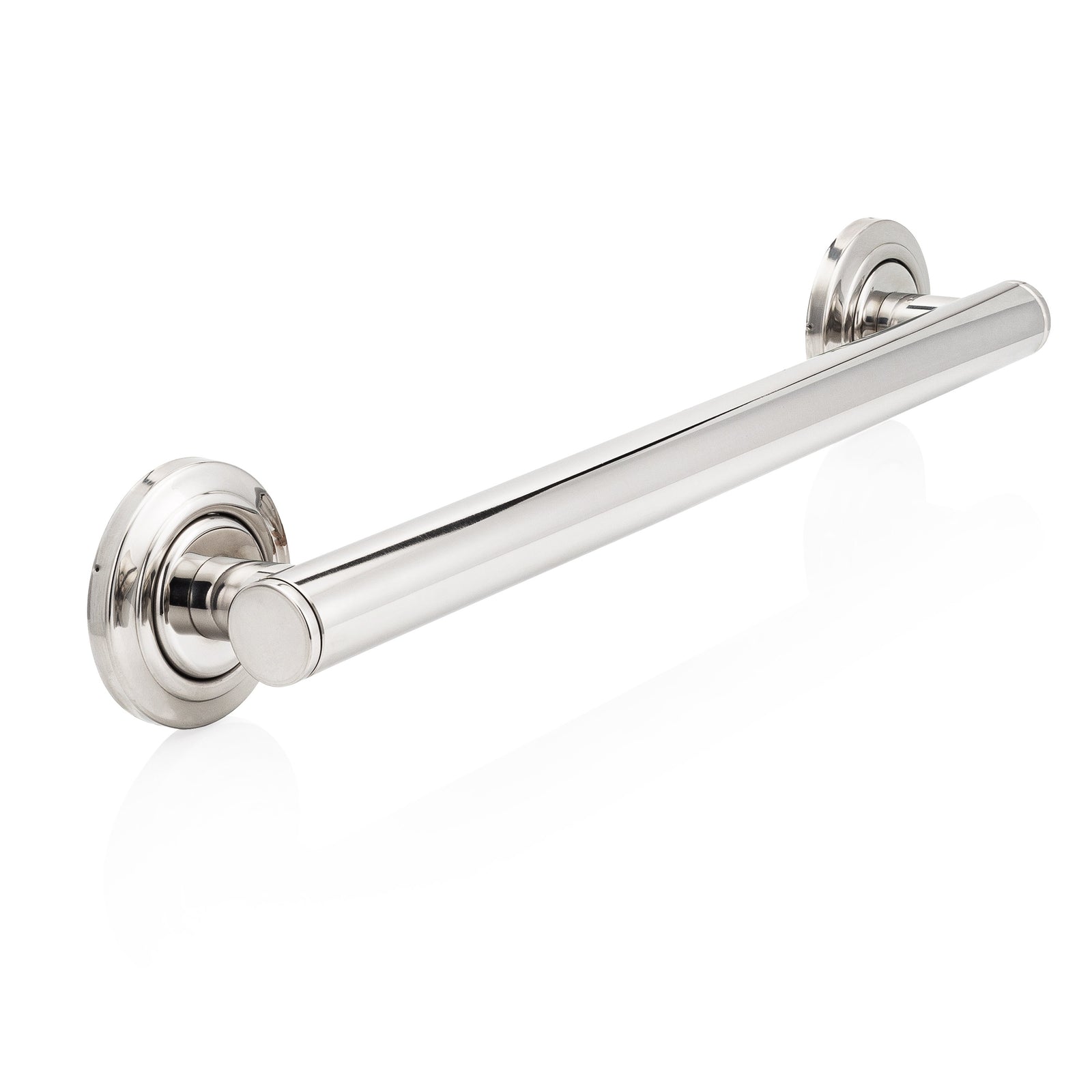


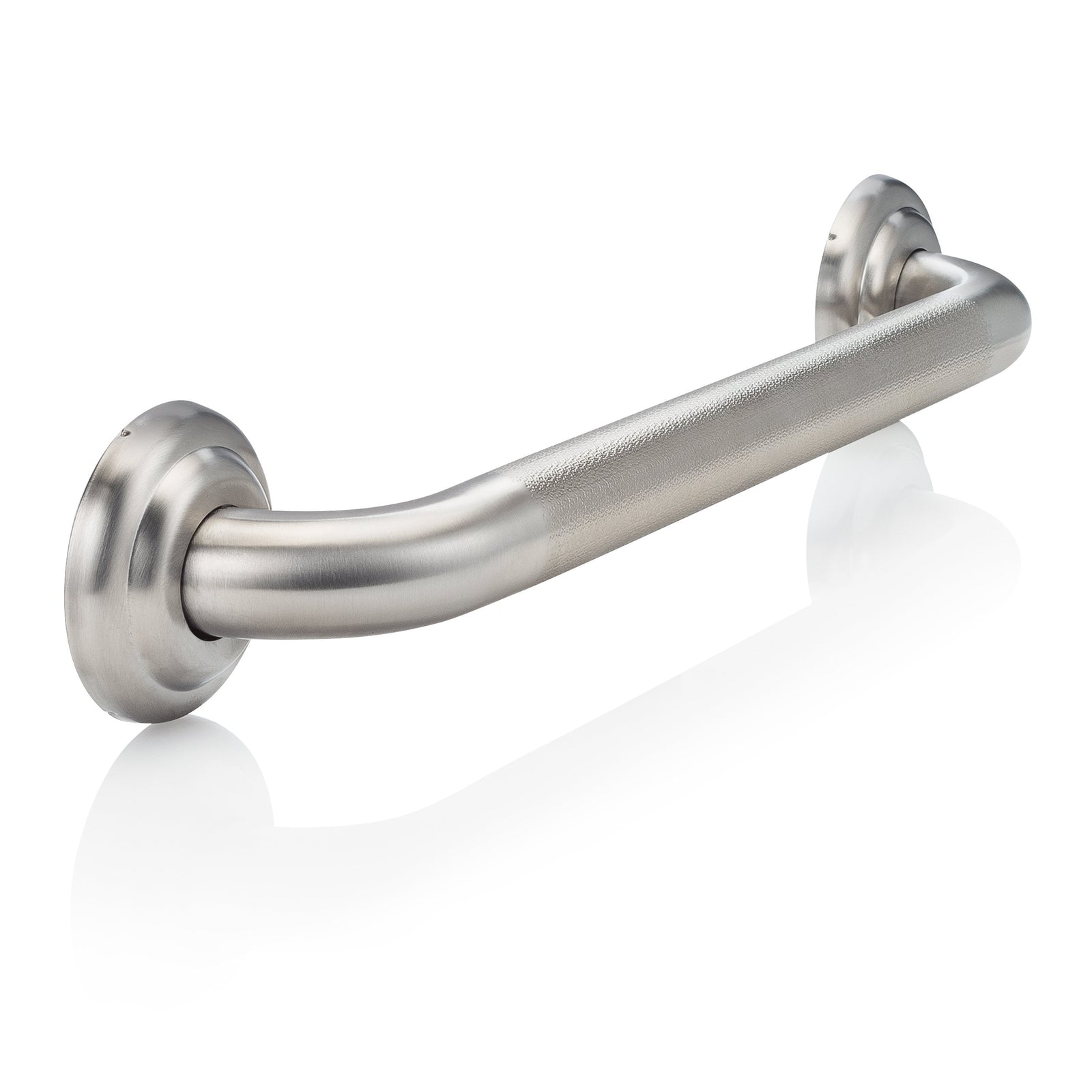
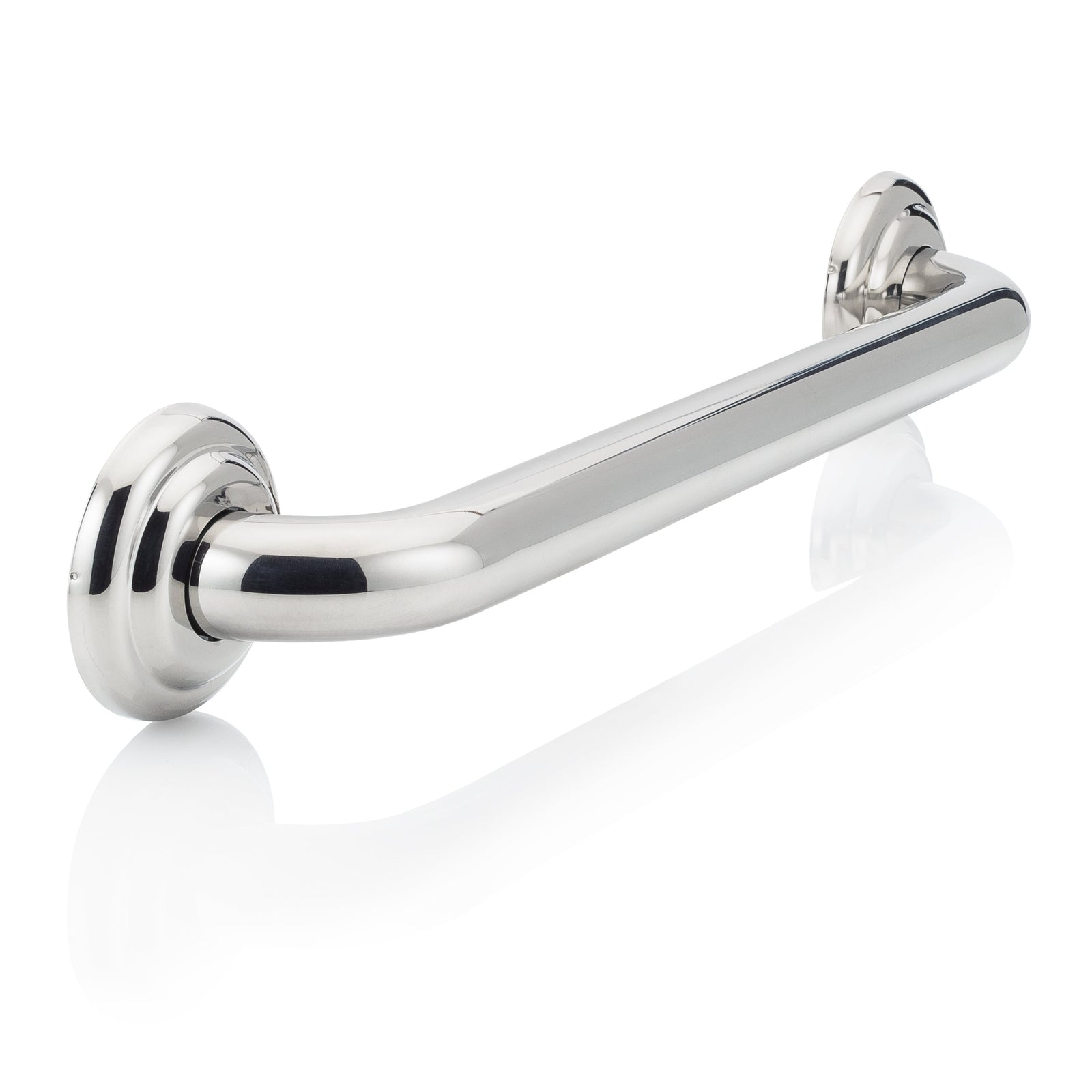
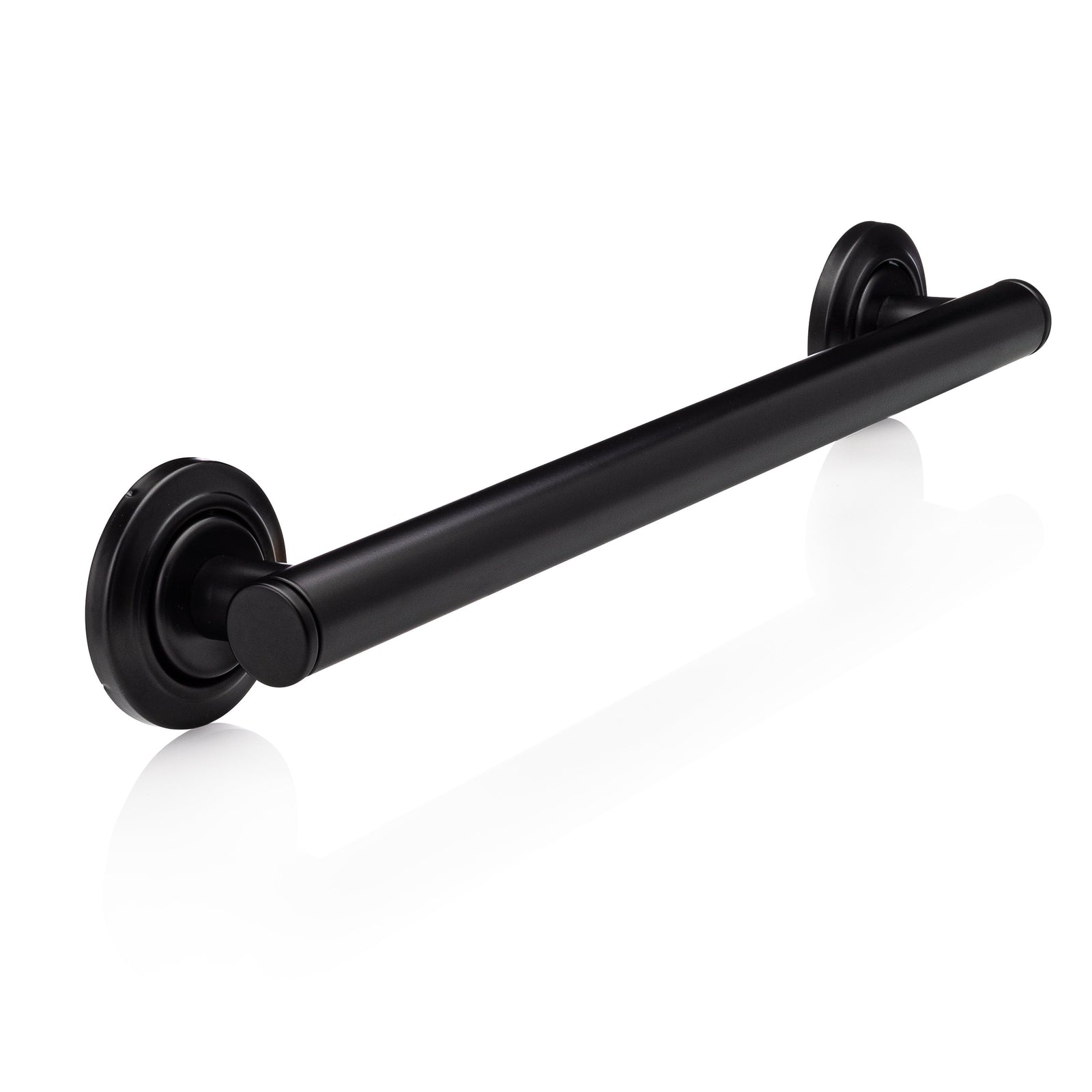
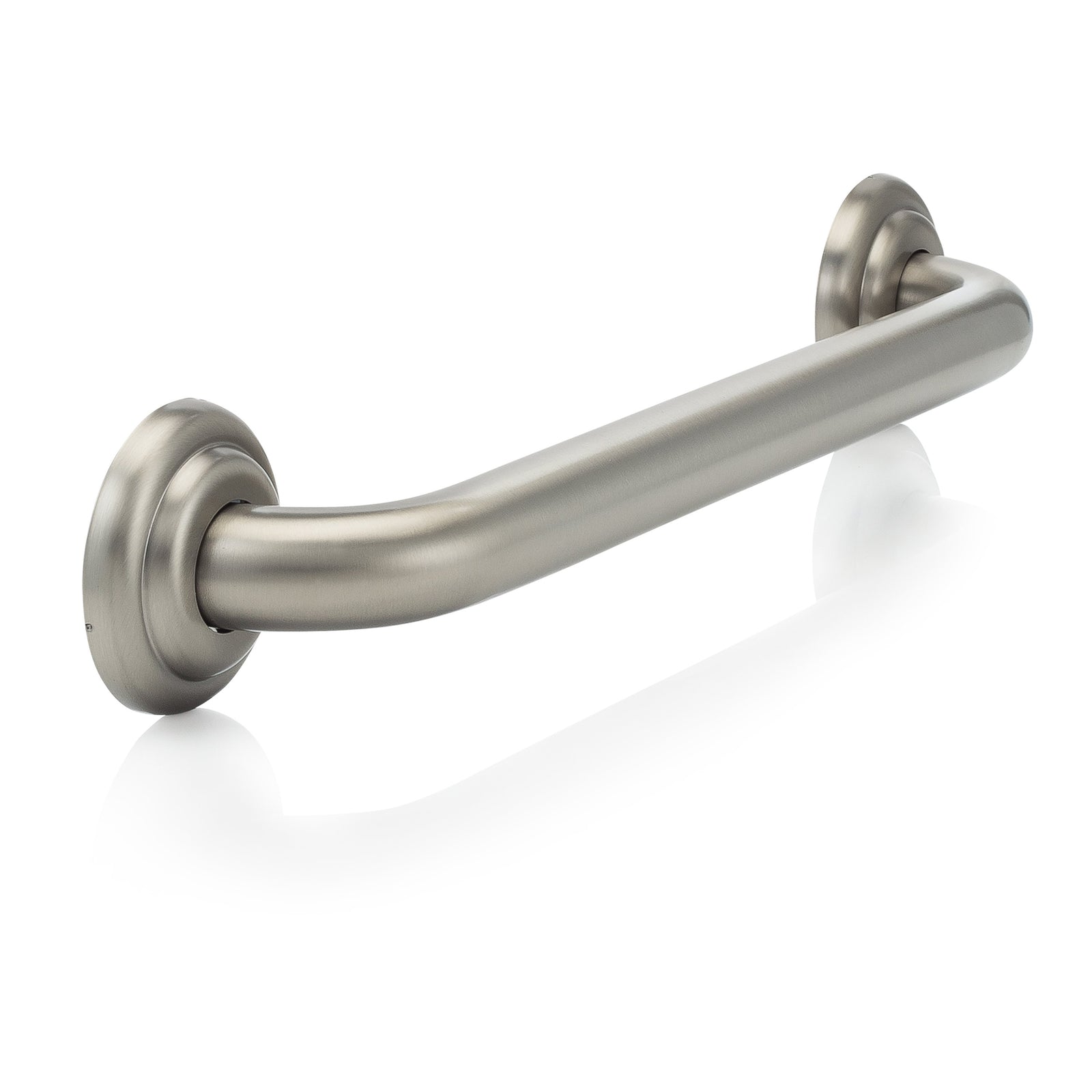
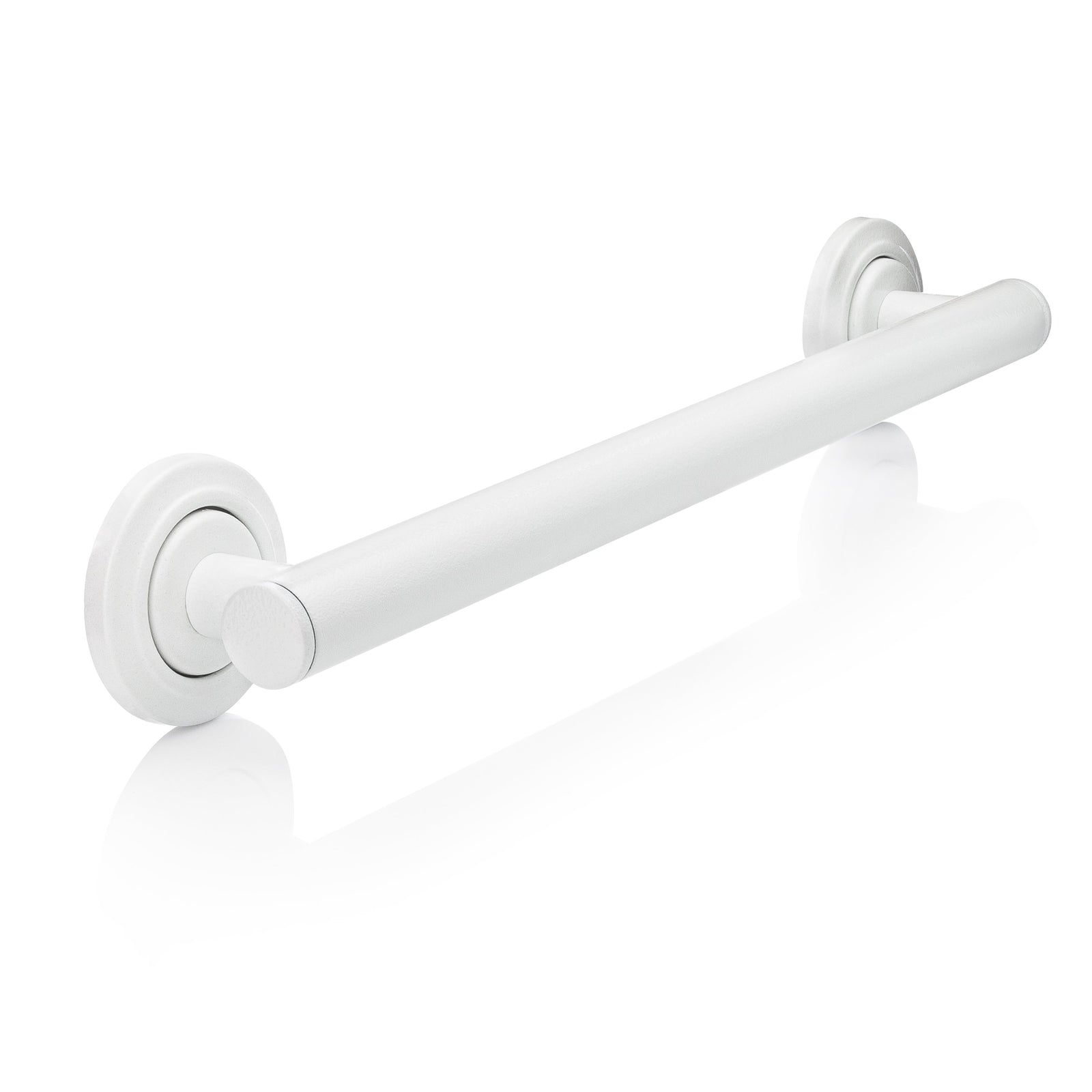
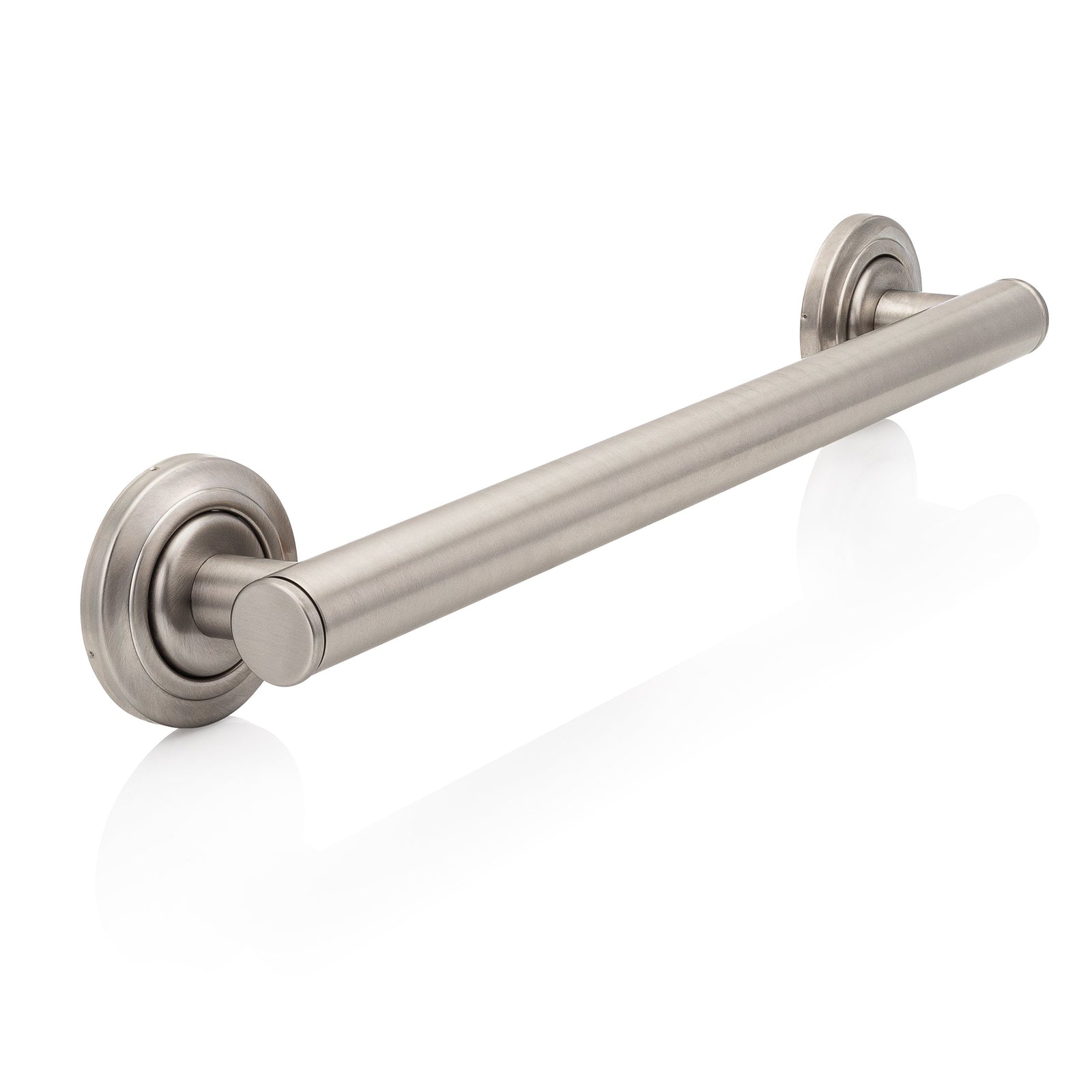
Leave a comment (all fields required)